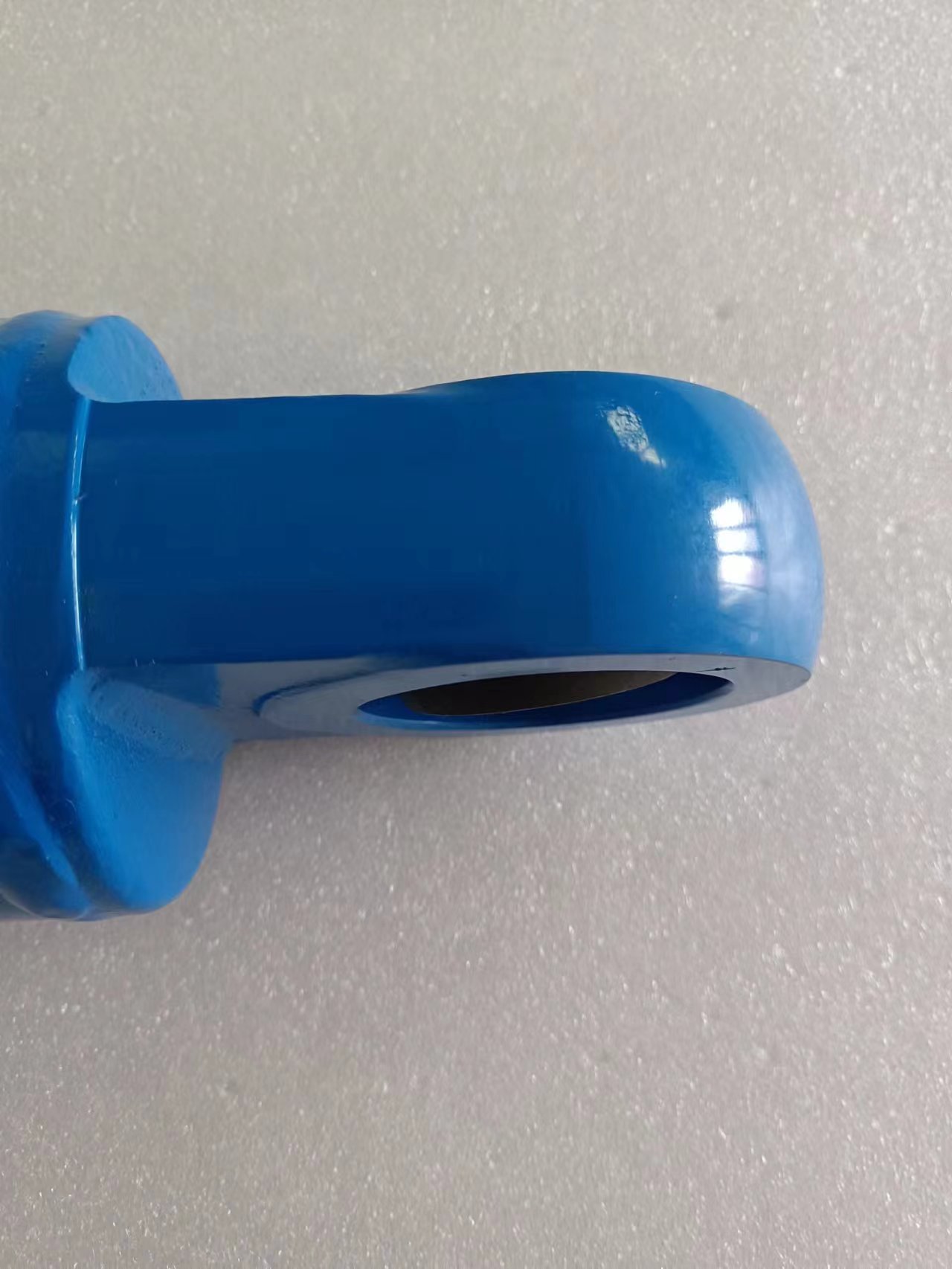Nov . 09, 2024 02:05 Back to list
Single Acting Hydraulic Pull Cylinders for Efficient Lifting and Pulling Applications
Understanding Single Acting Hydraulic Pull Cylinders
Single acting hydraulic pull cylinders are essential components in various industrial applications, particularly in machinery and construction settings. Their design and functionality make them well-suited for performing tasks that require powerful lifting, pulling, or positioning movements. This article will delve into the working principle, applications, advantages, and considerations associated with single acting hydraulic pull cylinders.
What is a Single Acting Hydraulic Pull Cylinder?
A single acting hydraulic pull cylinder utilizes hydraulic pressure to create a pulling force in one direction. Unlike double acting cylinders, which can exert force in both push and pull directions, single acting cylinders function exclusively in one direction while relying on gravity or an external force to return to their starting position. This type of cylinder usually features a piston that moves within a cylindrical chamber. When hydraulic fluid is pumped into the chamber, it pushes the piston outward, resulting in significant pulling power.
Working Principle
The operation of a single acting hydraulic pull cylinder is relatively straightforward. When hydraulic fluid enters the cylinder through an inlet port, it creates pressure that moves the piston away from its resting position. This action generates a pulling force at the rod end of the cylinder, which can be connected to a load or mechanism that requires movement. Once the hydraulic fluid is released, the piston retracts back to its original position, either due to spring action or by the weight of the load being moved.
Applications
Single acting hydraulic pull cylinders have a wide range of applications across various industries. They are commonly employed in
1. Construction Used for lifting heavy materials, pulling loads, and positioning equipment such as cranes and hoists. 2. Manufacturing Essential in assembly lines for lifting, pulling components, or actuating machinery.
3. Maintenance Often utilized in maintenance activities where precise pulling forces are required, such as in aligning or positioning equipment.
4. Mining Employed to pull heavy machinery or components where space is limited.
5. Agriculture Utilized in pulling implements or attachments on tractors and other farm machinery.
The versatility of these cylinders makes them integral to operations where heavy loads must be moved accurately and efficiently
.Advantages of Single Acting Hydraulic Pull Cylinders
single acting hydraulic pull cylinder products

Single acting hydraulic pull cylinders offer several advantages
- Simplicity Their design is less complex compared to double acting cylinders, which can lead to easier maintenance and reduced costs.
- Cost-Effectiveness Due to their simpler construction, single acting cylinders are often more affordable, making them accessible for various applications.
- Space Efficiency These cylinders require less mounting space and can be easily integrated into existing machinery setups.
- Lightweight They tend to be lighter than their double acting counterparts, which can be beneficial in applications where weight is a concern.
- Easy Implementation Their straightforward operation allows for quick setup and deployment, crucial in fast-paced work environments.
Considerations and Limitations
While single acting hydraulic pull cylinders have numerous advantages, they also come with some limitations that need to be considered
- Limited Power in One Direction Since they only function effectively in one direction, applications requiring both pushing and pulling actions may not be suited for single acting cylinders.
- Return Mechanism Dependence These cylinders rely on gravity or external forces for retraction, which may not always be feasible depending on the application.
- Hydraulic Fluid Dependency As with any hydraulic system, the performance is closely tied to the quality and condition of the hydraulic fluid used.
Conclusion
Single acting hydraulic pull cylinders are vital components in a variety of industries, offering unique advantages for specific applications. Understanding their operation, benefits, and limitations is essential for selecting the right hydraulic solution for your needs. As technology advances, the efficiency and capabilities of these cylinders continue to improve, further enhancing their role in the industrial landscape. Whether in construction, manufacturing, or maintenance, single acting hydraulic pull cylinders play a critical role in achieving operational efficiency and effectiveness.
-
Fork Lift Power Units - Hebei Shenghan | Efficiency, Reliability
NewsJul.13,2025
-
1.5-Ton Turbocharged Cylinder-Hebei Shenghan|Hydraulic Solution,Energy Efficiency
NewsJul.13,2025
-
Auto Hoist Power Units-Hebei Shenghan|Efficiency&Industrial Lifting
NewsJul.13,2025
-
Double Acting Power Units-Hebei Shenghan|Hydraulic Solutions,Industrial Efficiency
NewsJul.13,2025
-
1.5 Ton Lifting Cylinder 70/82-40-290-535 - High-Performance Hydraulic Solution | Hebei Shenghan
NewsJul.13,2025
-
Fork Lift Power Units - Hebei Shenghan | Efficiency&Reliability
NewsJul.13,2025
